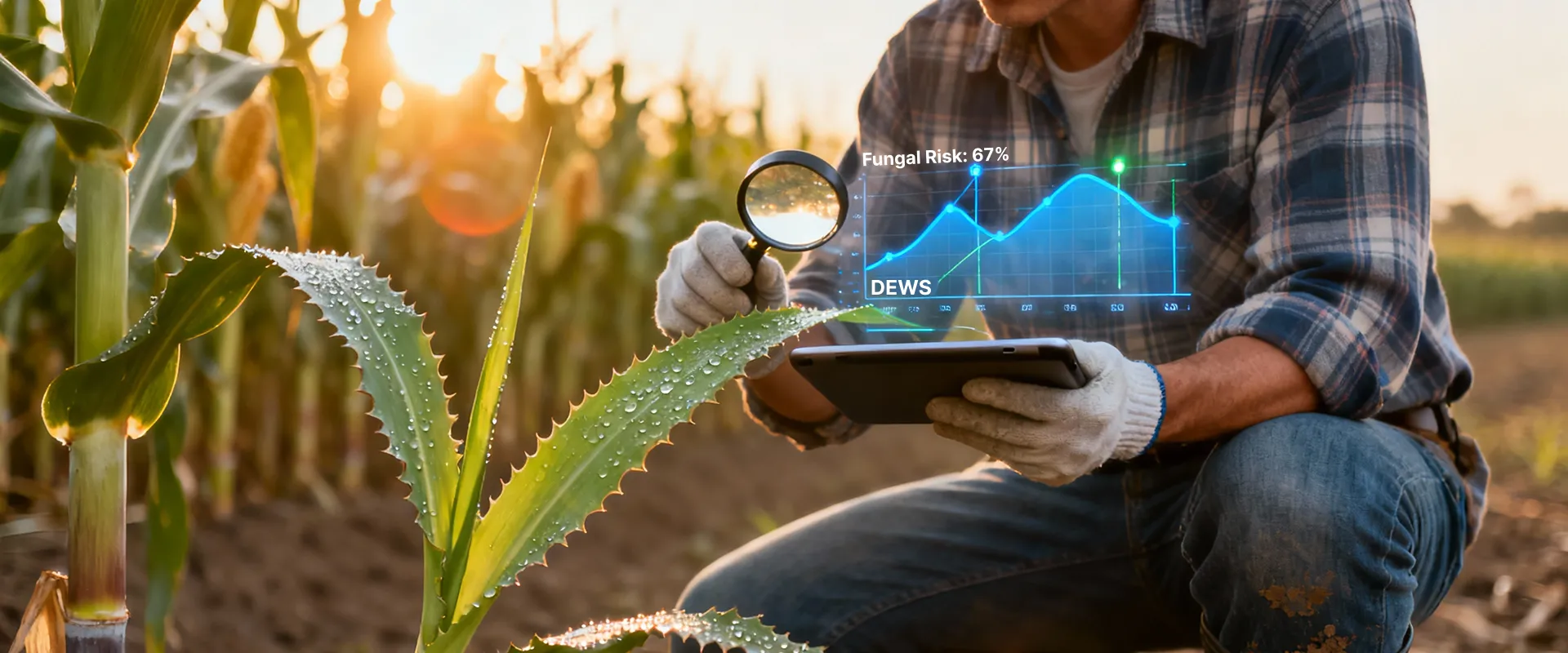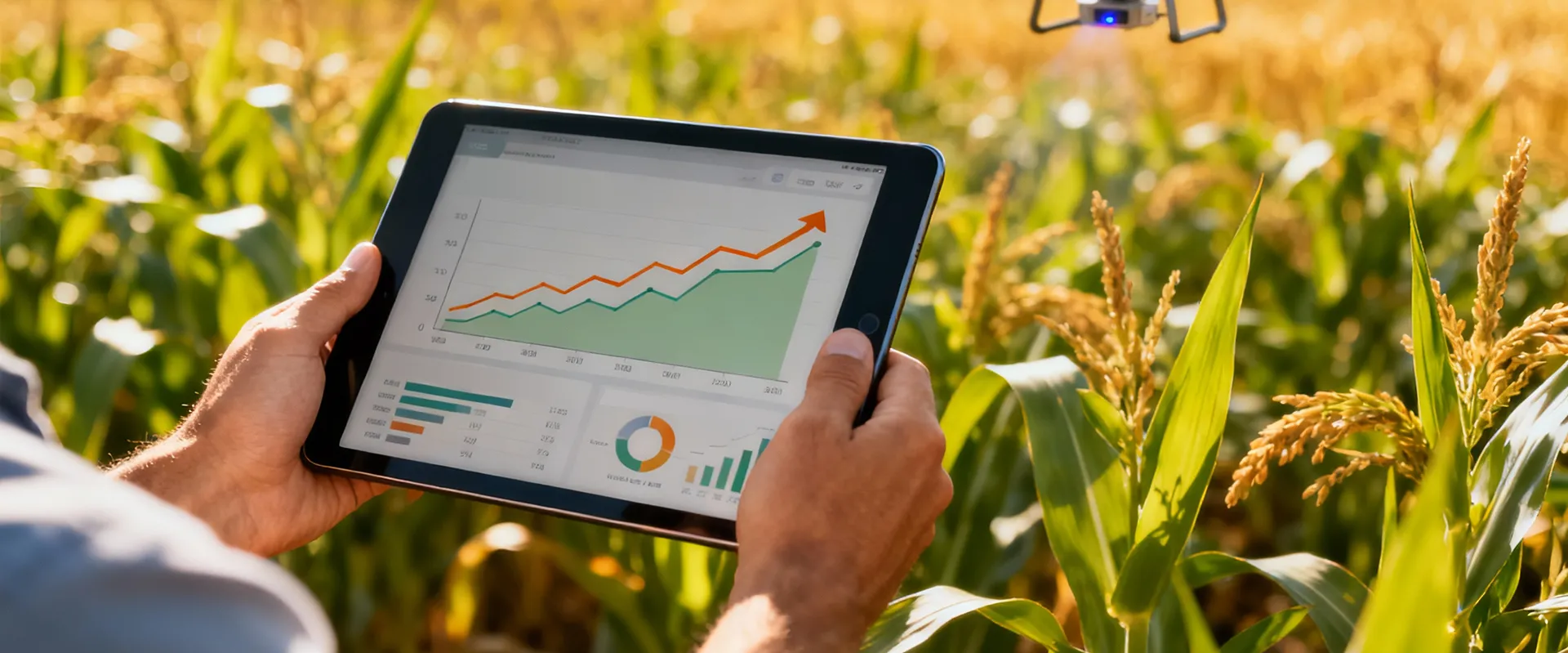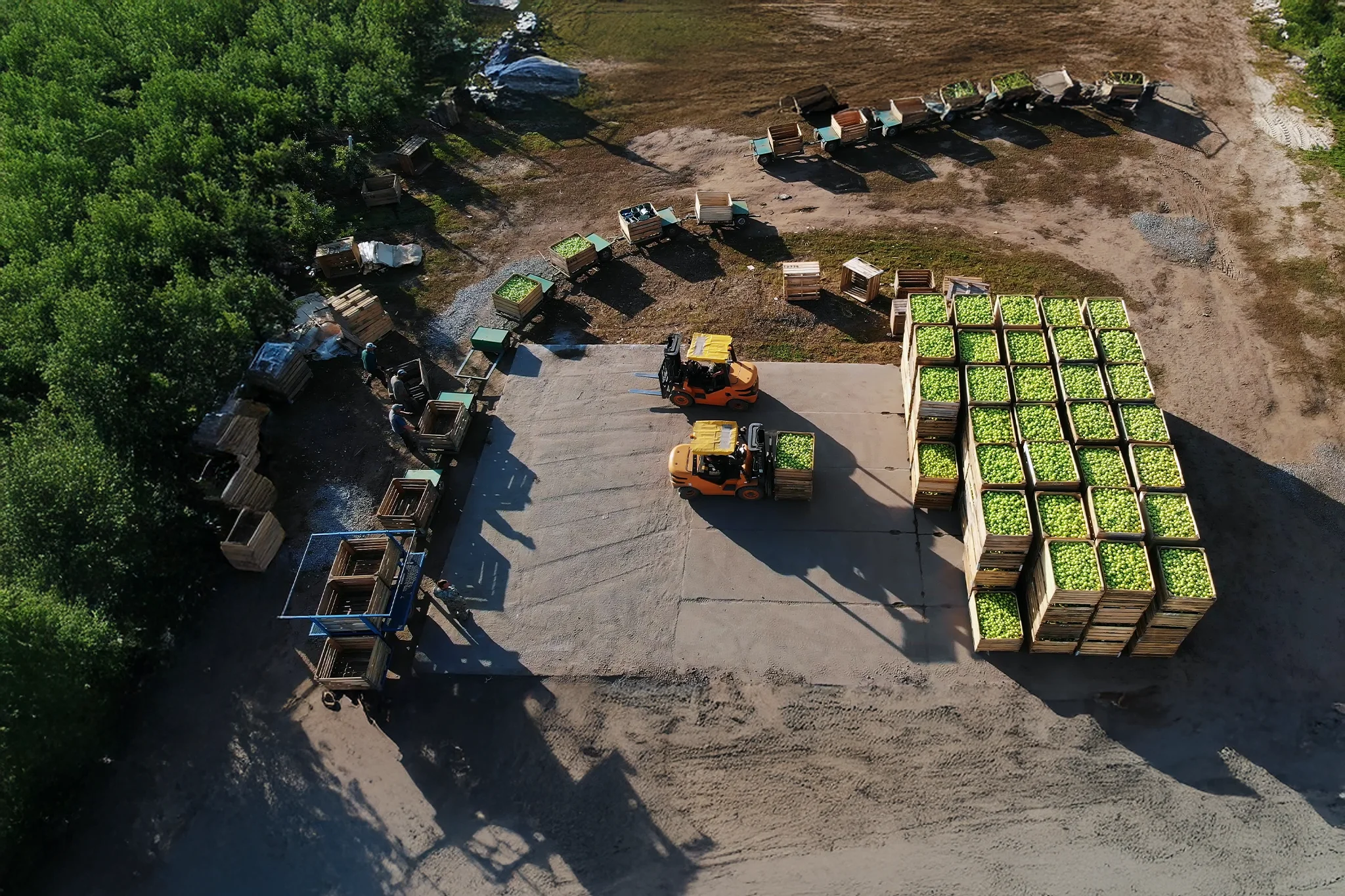TL;DR
- AI tools transforming digital agriculture
- Technologies improving yield prediction accuracy
- Intelligent systems helping farmers optimize crop performance
- Platforms enabling smarter procurement and supply planning
- The top 10 advanced solutions reshaping yield forecasting
Understanding yield forecasting in the digital age
This AI-based yield forecasting gives stakeholders crucial foresight. For large corporations, investors, and insurance firms, these advanced analytical tools, termed agribusiness data intelligence tools, are essential for supply chain optimization, risk mitigation, and strategic resource allocation in a volatile global market.
How intelligent systems are transforming yield forecasting
Top 10 advanced tools reshaping yield forecasting
1. Satellite-based crop monitoring platforms
Satellite-based platforms are the eyes in the sky, providing the raw, multi-spectral data that becomes the analytical foundation for AI models. These platforms utilize high-resolution imagery and vegetation indices (like NDVI) to provide continuous, near-real-time assessment of crop health and growth status, forming the backbone of satellite-based yield monitoring. When you’re selecting a system, it is crucial to consider data capture frequency, which varies from daily to every few days depending on the satellite network. Sentinel-2 offers high-resolution imagery with frequent revisits, for free, while paid services like Planet Scope, SkySat, or Pleiades NEO offer highest detail and near-daily updates. The optimal choice comes down to your operational needs: consider the required data resolution, revisit frequency, cost, and the required data type (multispectral vs. hyperspectral), and their ability to process the information using GIS tools.
2. Climate and weather intelligence systems
Using sophisticated machine learning models, these systems integrate historical and real-time climate data for crop forecasting with localized weather predictions. It enables accurate weather-driven yield forecasting by quantifying the impact of heat stress, frost, or drought. Leveraging historical data, real-time information, and future forecasts models predict weather data with high accuracy. Some models offer hyperlocal weather intelligence 10-15 days in advance at very high accuracies. These models also provide farmers with actionable, personalized advisories on weather, crop health, and resource management. Result – optimized farm operations, increased crop productivity, mitigated risks, and adoption of resilient climate-smart farming practices.
3. Soil and nutrient intelligence platforms
4. Remote sensing & field image analytics
5. Predictive crop growth modelling systems
6. Integrated farm intelligence dashboards
7. Agronomic advisory engines
8. Supply chain and market intelligence platforms
9. Early warning and risk assessment systems
10. Smart farm data integration frameworks
Benefits of yield forecasting systems
Case point: Cropin Cloud platform
Cropin, the most deployed AI platform for food and agriculture, provides you with the choice of satellite depending on your need for data resolution, revisit frequency, cost, and data type. The platform analyses about 40 raw indices to derive insights like crop health, growth, harvest readiness, yield estimation, etc. Cropin also provides farmers with actionable, personalized, hyperlocal advisories on weather. Cropin’s AI models leverage historical data, real-time information, and future forecasts to provide a reported 90% weather prediction accuracy. The 40 years historical weather data, nowcast, and long-term (6-month) and short-term (10-day) forecasts, as well as intelligence on extreme weather events that Cropin offers enables platform users to decode climate change patterns and make informed decisions. It can analyze over 40 weather parameters simultaneously. Cropin’s Crop stage model predicts crop growth progression from sowing using remote-sensing capabilities, crop science and weather data. This offers insights into crop health and its progress towards maturity predicting if the harvest is on time, slow or fast paced. It is the first step to identify harvest deviation, its cause and plan procurement with insights on harvest window estimation. By integrating forecasted weather data with crop science and historical disease patterns, Cropin’s DEWS predicts the probability of disease outbreaks up to 15 days in advance, allowing for proactive intervention and reducing agrochemical overuse.







